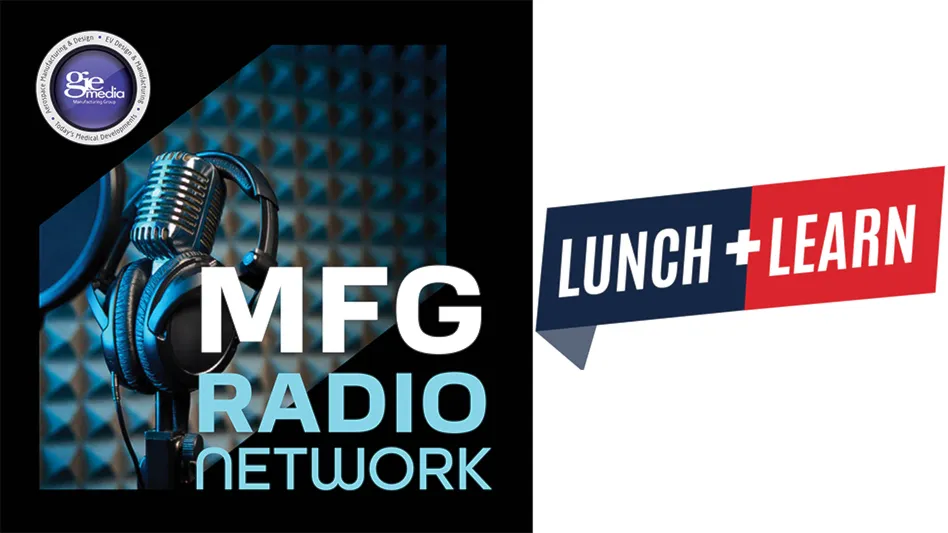
When clamped tools, such as a drill or a milling cutter, collide with workpieces, the occurring impact forces can be tremendous. Worst-case scenario is the components of the motor spindle can be damaged or destroyed completely. Valuable ceramic spindle bearings – components extremely sensitive to shock – rarely survive such crashes. Shafts, encoders, and the clamping system can be affected as well. Since the spindle must be repaired or replaced, expenses due to repair and downtime end up being in the tens of thousands of dollars. Motor spindle collision protection technology (MS³) from Jakob Antriebstechnik GmbH substantially reduces these costs.
Simulation software can often prevent a crash, but sometimes crashes still occur, and companies need protection to reduce downtime and costs. Simulation software is like vision systems for cars that help avoid accidents – but you still will not drive a car without bumpers or airbags for protection.
Considering that a spindle crash is one of the more common accidents when using machine tools, it is rather surprising that not many efforts have been made to develop an intelligent protection system.
“Collisions happen easily,” says Dr. Arno Wörn, the engineer who developed this product from Jakob.
The machine tool laboratory WLZ at the Technical University in Aachen, Germany, estimates the average costs for exchanging the affected components at $25,000.
“But when the motor spindle is beyond repair and must be replaced, costs can easily rise over $45,000,” Wörn says. “It takes as little as an operating error or faulty programming to cause a collision, especially when operators have little experience with new machines.”
Machine tool manufacturers often bear the costs of a collision during the warranty period, which could be avoided with a motor spindle collision protection system.

Only very few machine tools have spindle-collision protection. Standard systems available on the market generally rely on compression elements which act like a car bumper and are destroyed completely in the event of a crash. Shock-sensitive spindle components are left intact, but downtime still occurs. Compression elements have to be replaced, and the spindle unit has to be adjusted and mounted again so that the machine tool can resume work with its original precision.
“A serious damage of the spindle bearings may be avoided but service costs and downtimes continue to be a problem,” Wörn explains. “This is what makes the difference when using the MS³ system, a double-flanged system with built-in permanent magnets. Prototypes using springs lacked the necessary rigidity.”
Permanent magnets in the MS³ with 18kN of adhering force eliminate this disadvantage.
“When the tool and workpiece collide, when the applied force exceeds a pre-defined threshold, the system decouples before any harm is done,” Wörn explains.
The passive, exclusively mechanic mode of action allows the system to react more quickly than electronic process-monitoring. A built-in shock absorber neutralizes kinetic energy from the crash. Compression springs guide the motor spindle during the process and precisely reset it to its original position. Additional external service is not necessary, and downtimes are limited to exchanging the tools. The magnet system has been designed as a closed unit, so chips cannot get into the spindle when cutting or drilling metal work pieces. MS³ is maintenance-free and adjustable to all standard motor spindle setups.
The compact Jakob component requires additional space in the machine, but it can be designed as a standalone unit or integrated into an existing motor spindle. It mainly addresses companies active in production – especially those fearing high crash rates from frequent tool changes.
“Companies from Japan and the USA have already indicated their interest at the AMB in Stuttgart and sent inquiries,” Wörn says. “Two companies in the U.S. have tested this technology and have either added this technology to their existing products or are planning to have it as an option.”
Jakob Antriebstechnik GmbH

Explore the March 2017 Issue
Check out more from this issue and find you next story to read.
Latest from Aerospace Manufacturing and Design
- Latest advancements in machine tool technology
- Visit Okuma America at IMTS 2024
- AM for Aircraft Cockpit Interior Components
- Piasecki Aircraft reveals hydrogen-powered UAM progress
- Siemens' Simatic Workstation
- Heart Aerospace to open US R&D hub
- Comau's S-Family of small industrial robots
- GrindingHub: a showcase for international grinding technology





